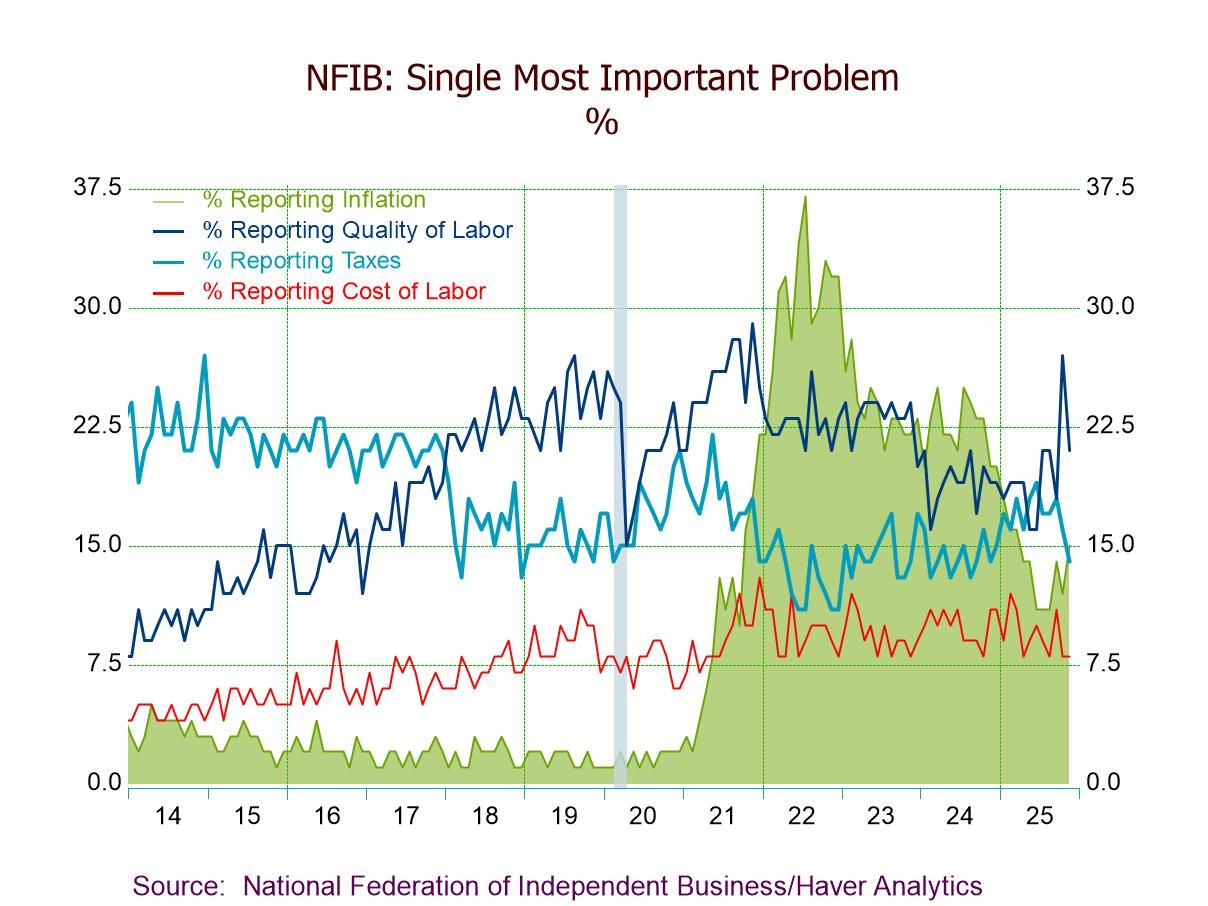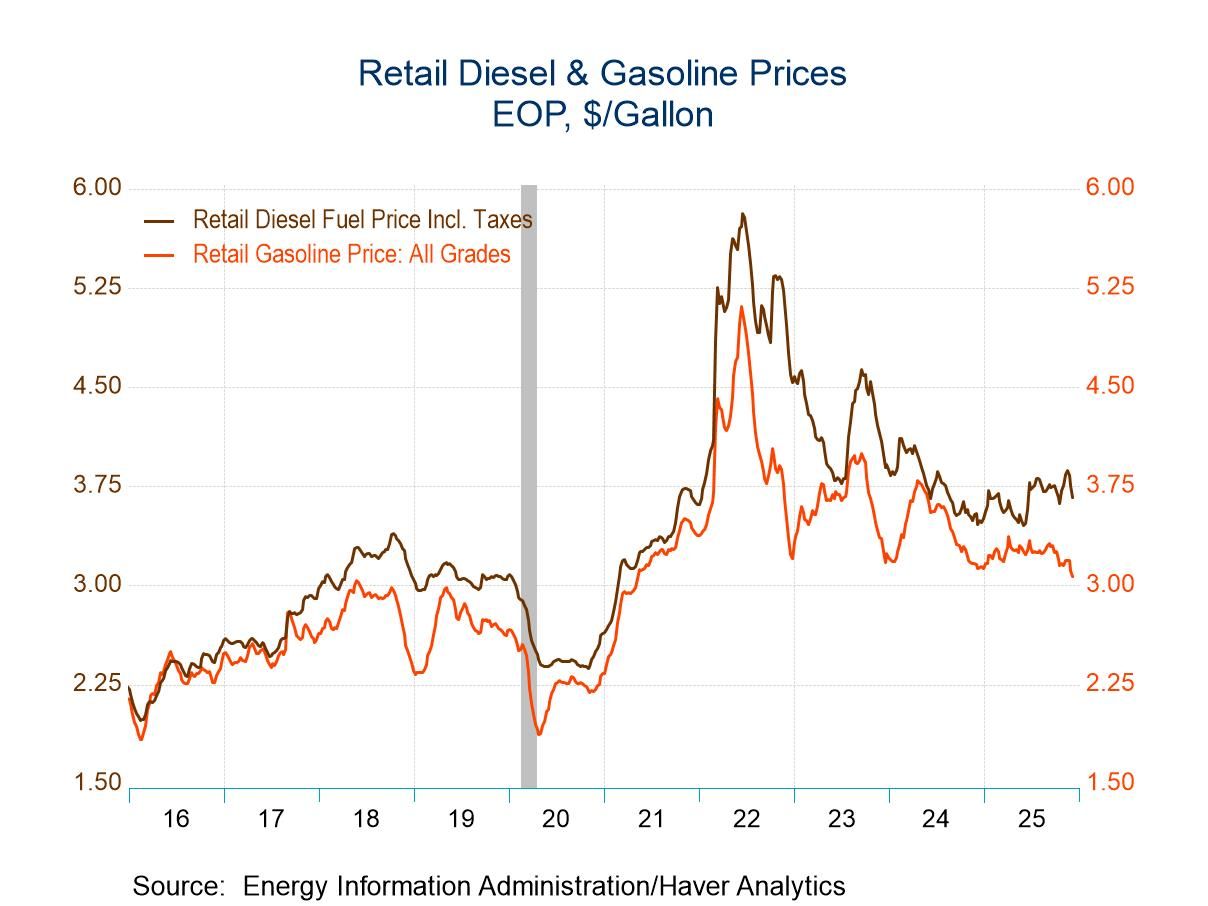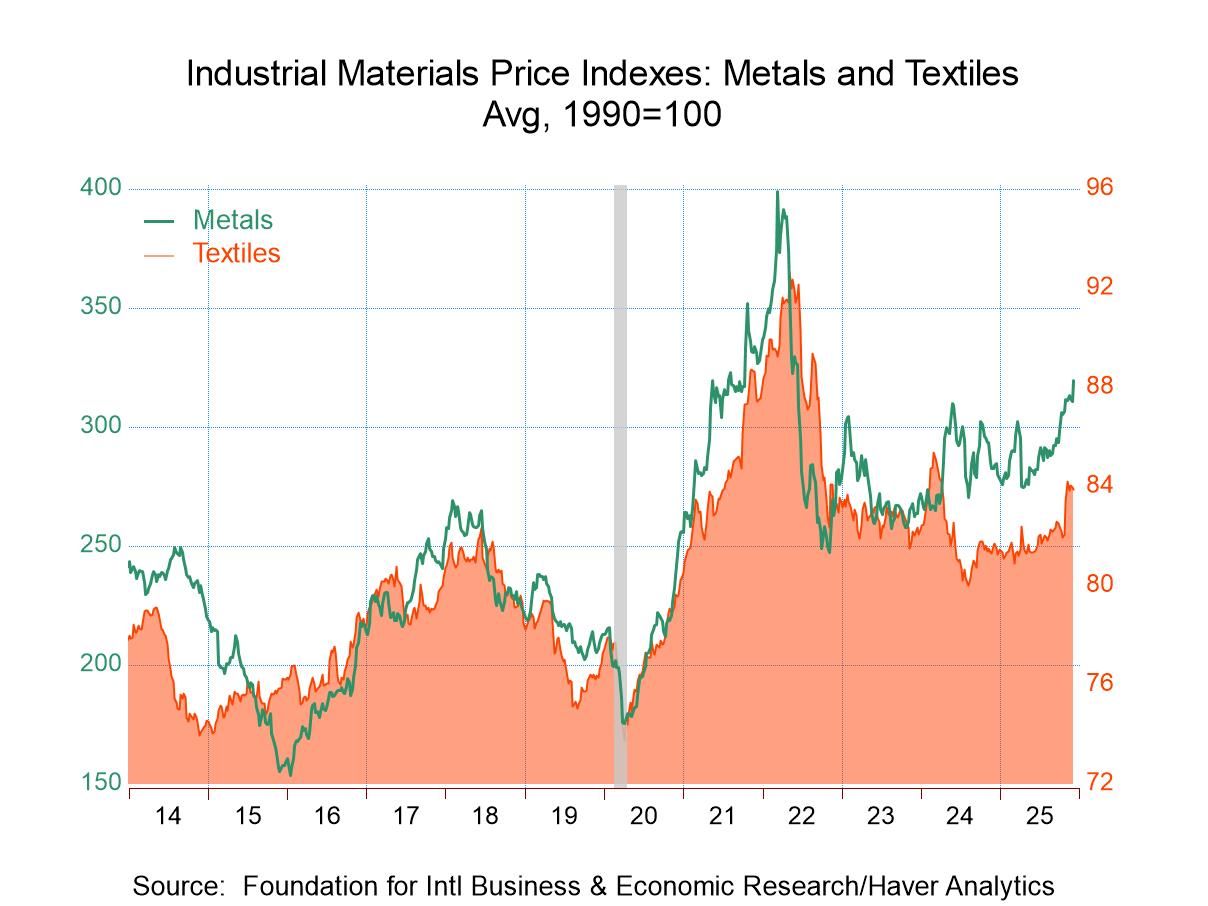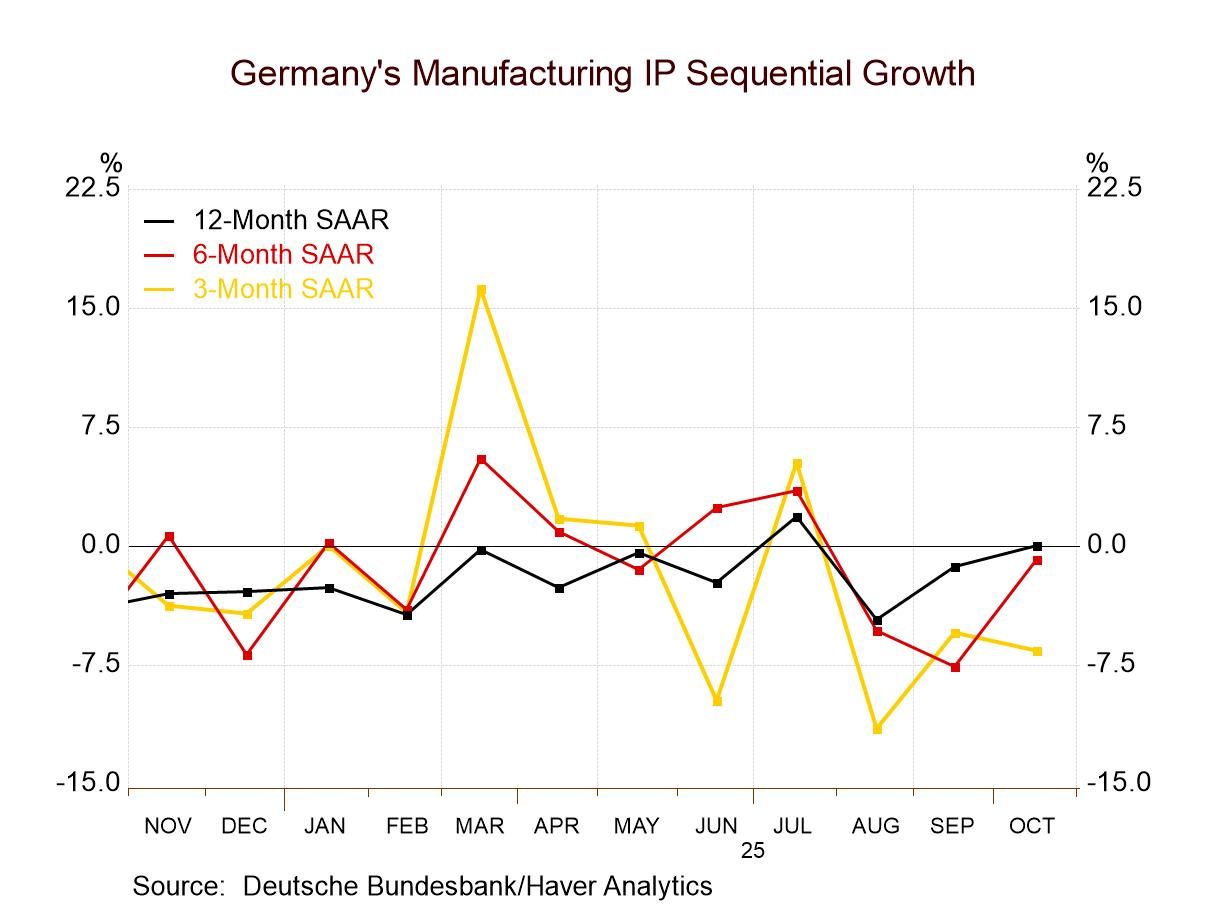The price for a gallon of regular gasoline declined another five cents last week to $3.54 (-2.9% y/y). Prices remained down from the $3.78 per gallon peak reached in February of last year. To account for seasonal volatility, Haver Analytics constructs factors for adjustment of pump prices. The adjusted cost of gasoline fell six cents to $3.46 per gallon, down for the fourth straight week.
WTI crude oil prices improved last week to $103.44 per barrel (-2.4% y/y). The seasonally adjusted price, generated by Haver, slipped to $101.18 per barrel but remained up sharply from $92.19 in early-May. Yesterday, prices fell back to $101.67. Brent crude oil prices rose last week to $106.40 per barrel (-1.9% y/y) and yesterday were $106.90.
Natural gas prices fell significantly last week to $3.80 per mmbtu (+3.8% y/y), the lowest level since late-November. Prices improved yesterday to $3.82.
The demand for all petroleum products declined 2.0% last week versus last year. Gasoline demand fell 1.0% y/y. Residual fuel oil needs, used for heating, fell 19.9% y/y while distillate demand fell 6.2% y/y. Inventories of crude oil and petroleum products nudged 0.3% higher y/y and gasoline inventories fell 2.2% y/y.
The energy price data are reported by the U.S. Department of Energy and can be found in Haver's WEEKLY database. The daily figures are in DAILY and the petroleum demand and inventory figures are in OILWKLY.
| Weekly Energy Prices | 08/04/14 | 07/28/14 | 07/21/14 | Y/Y% | 2013 | 2012 | 2011 |
|---|---|---|---|---|---|---|---|
| Retail Gasoline ($ per Gallon, Regular) | 3.54 | 3.59 | -2.9 | 3.51 | 3.62 | 3.52 | |
| Light Sweet Crude Oil, WTI ($ per bbl., WSJ) | 103.44 | 102.37 | -2.4 | 97.95 | 94.20 | 95.14 | |
| Natural Gas ($/mmbtu, LA, WSJ) | 3.80 | 4.05 | 3.6 | 3.73 | 2.75 | 3.99 |


 Global
Global



